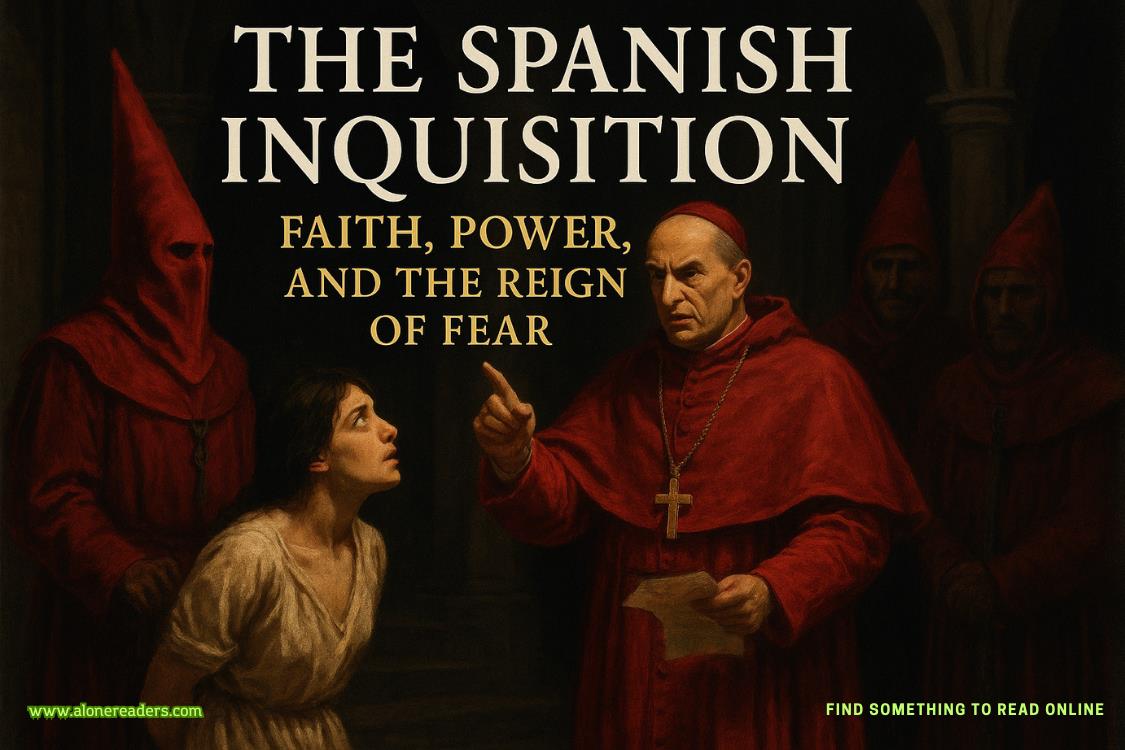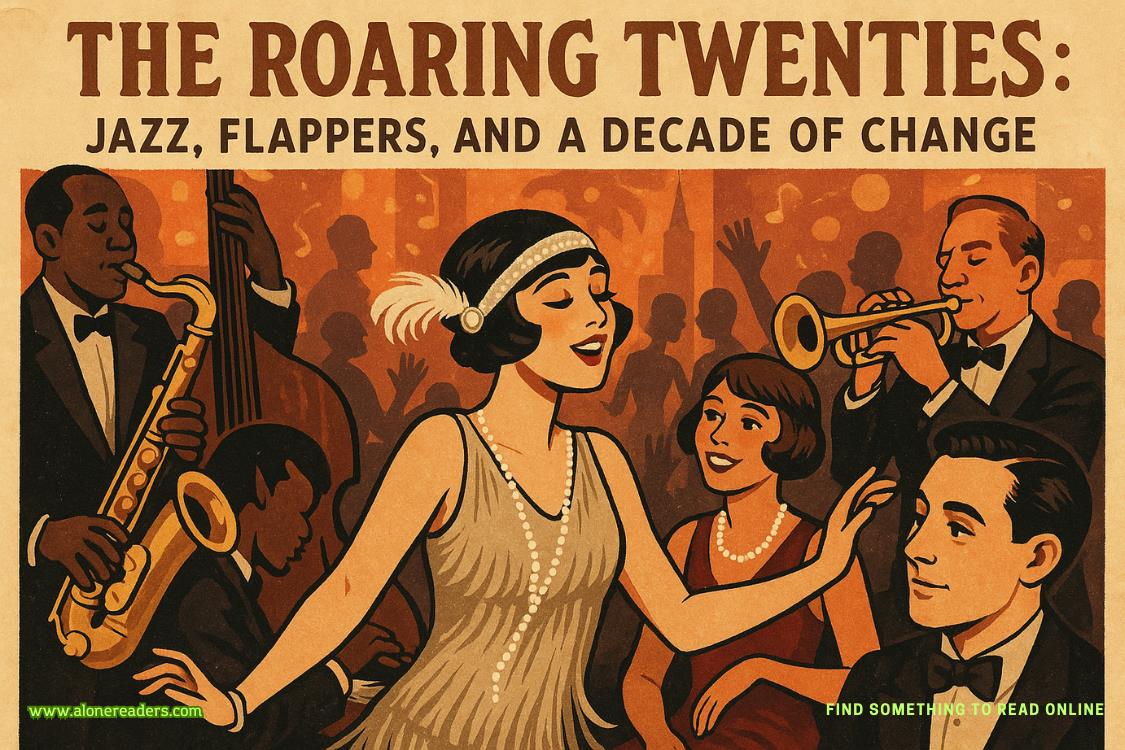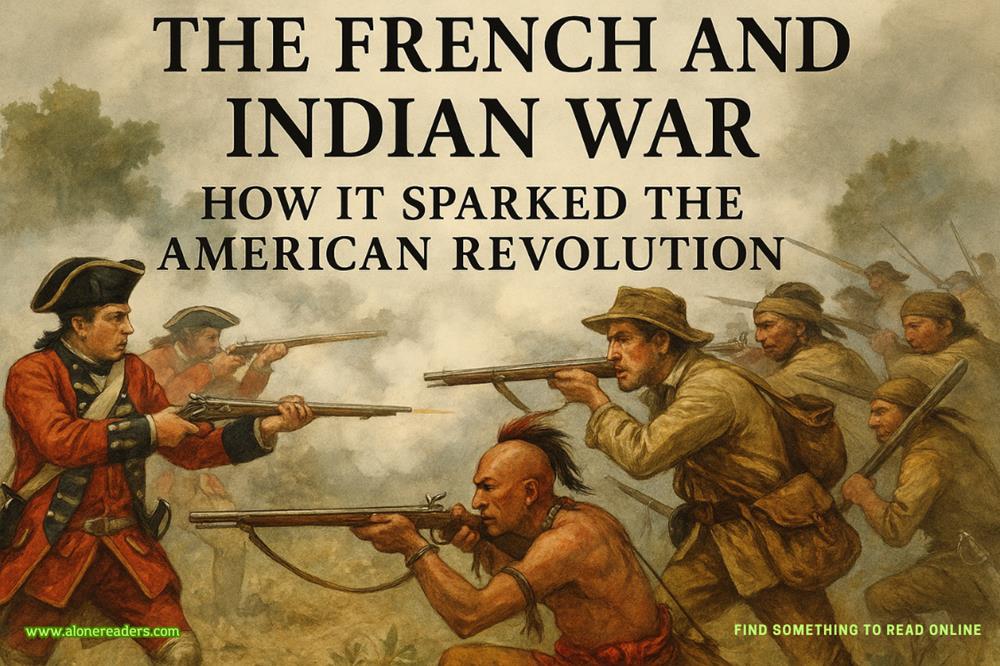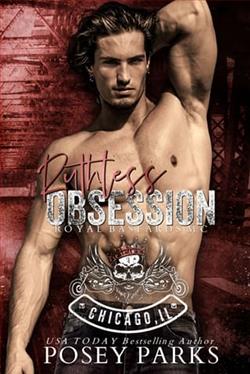Page 109 of Holmes, Margaret and Poe
“Look,” Filson said. “I have seen the hard evidence against the men I killed. Each and every one of them needed to be eliminated before they scarred someone else for life and many lives beyond them. Trauma gets passed along, you know, generation to generation. Like a virus.”
Over the next hour, which we recorded with multiple cameras, Paddy Filson sipped Irish whiskey and told us he’d seen juvenile records that were supposed to have been expunged and linked to every one of the Dead Hours victims.
When Daniel Kling, the first to die, was sixteen, Filson said, he raped an eight-year-old boy after he himself was earlier abused by a family friend. Victim number two, Theo Leaver, had been high on meth when he attacked and raped an elderly woman. Another victim, Lavon Kyle, molested two six-year-olds when he was twelve.
It went on. Trey O’Dell, the newlywed who’d told his wife he’d stolen a pair of cleats from a sporting goods store when he was fourteen, had actually sodomized a ten-year-old girl. Bart Masters, found off the lacrosse field, had been abused repeatedly as a child by an aunt’s boyfriend, and he in turn had started abusing a neighbor’s children when he was ten.
“When Henry Pelham was fifteen, he got drunk and assaulted a ten-year-old neighbor girl,” Filson said. “And Dalton McCoy? When he was fifteen, he forced a twelve-year-old boy to rape his twelve-year-old girlfriend at gunpoint. And yet, even his records were sealed and supposedly expunged so he could start his life over at eighteen. Clean slate. No record. Free to destroy people’s lives again.”
I said, “We’ve seen no record of anything as adults. They were never charged again. They never made the sex-offender registries.”
“Because they were smart. They kept their lusts hidden on the dark web. The virtual world was where they connected.”
Sampson said, “And where they bought?”
“Correct. All the men I shot led secret lives where they paid to act out their twisted fantasies, most of the time on children being held as sex slaves.”
“And you know this how?” Detective Hanson asked skeptically.
He cleared his throat, looked nauseated. “There are videos.”
“For all of them?” I said.
“Some multiple. Seems it’s not enough for them to act out their perversions. They want the memory of it on video to be enjoyed over and over again. Or at least until they’ve raised the money to act out some new dark fantasy.”
“Jesus,” Hanson said, trying to come to grips with what Filson was describing. “And how did you get hold of these videos and tie them directly to your victims?”
“They were sent to me over Tor,” Filson said. “They also had to be watched within an hour of reception or they got nuked. No trace after sixty minutes. It’s how we communicate, how we’ve communicated almost since the beginning.”
I said, “Who iswe? You and who else?”
The dying assassin laughed and sipped his whiskey. “You know what, Dr. Cross? I’ve tried to figure that out. I really have. But I honestly don’t know who calls the shots and pays the bills in this particular business.”
Sampson said, “So you were paid.”
“Aye. Paid well.”
Hanson said, “Where’s the money? How much?”
Filson laughed again and drained the whiskey. “Can’t tell you that. Otherwise what’s the point of it beyond a little cleanup of the nastiness under the rug?”
I held up both hands. “We’re going in circles, Paddy. Why don’t you start at the beginning and tell us how it all started.”
CHAPTER 91
PADDY FILSON TOLD UShe started feeling sick early in the second year of his incarceration at the Rifle Correctional Center outside Glenwood Springs, Colorado. His visits to the prison infirmary had proved useless until a bone in his arm snapped for no good reason and he complained loud enough to get his blood tested.
“Turns out, I was already a dead man walking,” Filson said. “Rare form of blood cancer. Slow creeper. Incurable. Makes my bones brittle. They told me I had a year, fifteen months, max.”
Filson said he posted the news on prison social media and set about preparing himself to die in captivity. Shortly afterward, he was contacted by a legal group called the Exoneration Project that offered to take up his cause.
He messaged back and forth with a woman named Elizabeth Brenner who said she would be the lead lawyer for his case.
“I told her they had me cold on the weapons charges,” Filson said. “Iwasbuilding ghost machine guns. But in my defense, it was only to see if I could do it. I had no interest in selling those kinds of weapons to people who had no clue how to use them.”
“And?” Sampson asked.
“She said that it didn’t matter. They would ask for my release based on the terminal diagnosis. A mercy thing. And it would save the corrections department a lot of money. An economic thing. I didn’t think she had a chance, but two days later, there I am, walking out the front door of the Rifle, a free man.”















